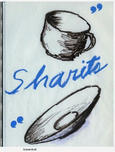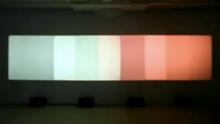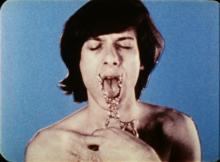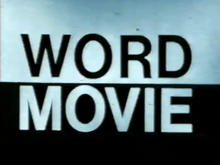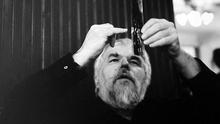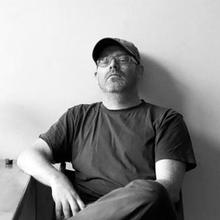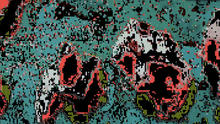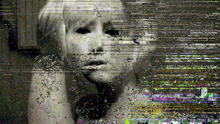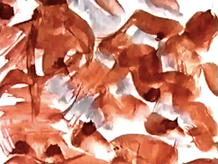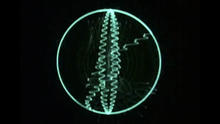Paul Sharits
(1943-1993) is widely known for his structural films, the use of multiple projectors, infinite film loops, experimental soundtracks, and interventions at the level of the filmstrip in order to realize his elemental mode of cinematic presentation.
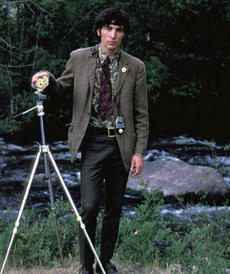
American avante-garde experimental filmmaker, artist, and professor of media studies, Paul Sharits, was born in Denver, Colorado on February 7, 1943. Tragically, he died on July 8, 1993 in his home in Buffalo, NY. He is survived by his son, Christopher, Christopher's wife Cheri, and three grandsons. (...)
Paul Sharits went to The University of Denver's School of Art (DU) where he earned a BFA in Fine Arts. At the time he was known as a young painter, however, he had been making films since high school. While studying art at DU, he began a mentorship with Stan Brakhage that soon became a lifelong friendship. Stan Brakhages manipulation of film structure through experimental and scratch film's influence is evident in Sharits' early work.
In 1964, he attended Indiana University in Bloomington, Indiana for his MFA in Visual Design. After he received his MFA, he moved his family which consisted of his son, Christopher, and his wife, Frances, to Baltimore, Maryland where he taught at The Maryland Art Institute. Later, he taught at and became a pinnacle force behind the development of the Center for Media Studies at Antioch College in Yellow Springs, Ohio. He divorced his wife in 1968. Shortly thereafter, he was recruited by Dr. Gerry O'Grady at The University of Buffalo Center for Media Studies along with the most prominent emerging experimental filmmakers of the time which included James Blue, Hollis Framton, Tony Bannon, Tony Conrad, and later, Peter Weibel.
Paul enjoyed relative acknowledgement during his lifetime, with shows at the Bykert Gallery, Albright-Knox Art Gallery, and Walker Art Center among other institutions, and has been posthumously exhibited at the Whitney Museum, MoMA, Pompidou, Louvre, and the Burchfield-Penney Art Center in Buffalo, New York as well as the widely renowned Greene Naftali Gallery exhibition of both his works on paper and his four projector installation Shutter Interface which was nominated for Solo Exhibition of the Year at the 2009 First Annual Art Awards at the NYC Guggenheim Museum.
The four projector Shutter Interface installation was acquired by and is now on exhibition in the Smithsonian's Hirshhorn Museum in Washington, D.C.. Current major projects include a March 2012exhibition at the Albright-Knoz in Buffalo, NY and, in later 2012, a one man super retrospective, exhibition, and colaborating publication in Barcelona Spain. The retrospective will travel to several museums including in Museum Serralves in Porto Portugal.
Trained initially as a painter, and a prolific theoretical writer, Sharits' art-making was in fact wide-ranging, evidenced by his early involvement with Fluxus artists in New York. His many works on paper — from diagrams to abstract film scores, fashion drawings, and hallucinogenic illustrations — have yet to be fully integrated into his better-known body of work.
(Christopher Sharits "About Paul")
Source: paulsharits.com
His films are distributed through The Film-Makers' Cooperative NYC, Canyon Cinema SF, Lux London, Light Cone Paris, and the Canadian Filmmakers Distribution Centre Toronto. His artwork is represented through Greene Naftali Gallery NYC and the Estate of Paul J. Sharits.
